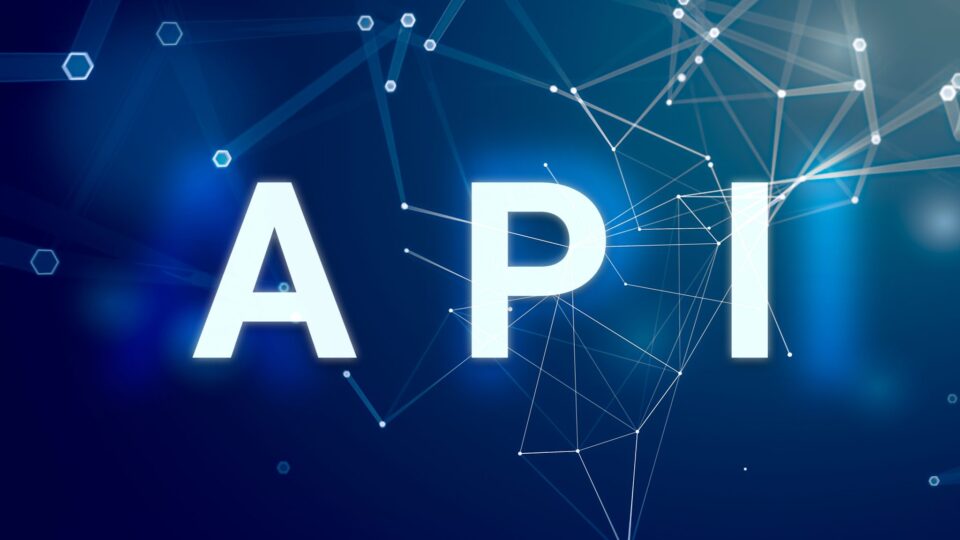In today’s digital landscape, APIs (Application Programming Interfaces) have become essential for enabling software applications to communicate and share data effectively. As organizations increasingly rely on APIs to enhance their products and services, the importance of comprehensive API documentation cannot be overstated. Well-crafted API documentation is a critical component of successful integration strategies, facilitating seamless collaboration between developers and ensuring that integrations meet business objectives. This article explores the significance of API documentation and its role in driving successful integration outcomes.
Understanding API Documentation
API documentation is a technical reference that provides information about how to use an API effectively. It typically includes details about endpoints, request and response formats, authentication methods, error handling, and examples of use cases. Good API documentation serves as a guide for developers, helping them understand how to integrate with the API and utilize its functionalities.
The Importance of API Documentation in Integration Strategies
- Enhanced Developer ExperienceComprehensive API documentation significantly improves the developer experience. When developers have access to clear and detailed documentation, they can quickly understand how to interact with the API, reducing the time it takes to implement integrations. A positive developer experience fosters productivity and encourages developers to leverage the API more effectively, leading to higher adoption rates and more successful integrations.
- Reduced Integration TimeIncomplete or unclear documentation can lead to confusion, mistakes, and delays in the integration process. With well-structured API documentation, developers can easily find the information they need, including how to authenticate, the correct request formats, and available endpoints. This clarity reduces the time spent troubleshooting and enhances the efficiency of the integration process, allowing businesses to bring their products to market more quickly.
- Minimized Errors and Support RequestsAmbiguities in API documentation can lead to implementation errors, resulting in additional support requests and troubleshooting efforts. Comprehensive documentation helps mitigate these issues by providing clear guidelines on how to handle different scenarios, including error responses and edge cases. When developers can reference reliable documentation, the likelihood of mistakes decreases, leading to fewer support tickets and a smoother integration experience.
- Facilitating Collaboration Between TeamsSuccessful integrations often involve collaboration between multiple teams, including development, product management, and customer support. Well-documented APIs create a shared understanding of the integration’s capabilities and limitations, fostering better communication among teams. This collaborative approach helps align objectives, streamlines the integration process, and ensures that all stakeholders are on the same page.
- Improving API Adoption and UsageComprehensive API documentation plays a crucial role in driving API adoption. When potential users can easily access clear and detailed information about the API’s features and functionalities, they are more likely to explore its capabilities. This increased understanding encourages developers to integrate the API into their applications, ultimately expanding its usage and impact across the organization.
- Supporting Onboarding and TrainingEffective API documentation serves as an invaluable resource for onboarding new developers and training existing team members. With well-structured documentation, new team members can quickly get up to speed on how to use the API, reducing the learning curve and accelerating their productivity. Additionally, existing team members can reference documentation to refresh their knowledge or explore advanced features, ensuring that everyone is equipped to work effectively with the API.
- Adapting to ChangeAPIs are dynamic and can evolve over time based on user feedback, new features, and changing business requirements. Up-to-date documentation is essential for helping developers adapt to these changes. When APIs are updated or modified, clear documentation ensures that developers can adjust their integrations accordingly, minimizing disruption and maintaining functionality.
Best Practices for Creating Effective API Documentation
To maximize the benefits of API documentation, organizations should adhere to best practices in its creation and maintenance:
- Clarity and Consistency: Use clear and concise language, avoiding jargon and technical terms that may confuse developers. Consistent formatting and terminology throughout the documentation enhance readability.
- Comprehensive Coverage: Include all relevant details, such as authentication methods, available endpoints, request and response examples, and error codes. Comprehensive documentation reduces ambiguity and provides developers with the information they need.
- Interactive Examples: Incorporate interactive examples or API playgrounds where developers can test API calls in real-time. This hands-on approach enhances understanding and encourages experimentation.
- Regular Updates: Continuously review and update the documentation to reflect changes to the API, ensuring that developers have access to the latest information.
- User Feedback: Encourage feedback from developers using the API to identify areas for improvement in the documentation. This iterative process helps enhance the quality and effectiveness of the documentation over time.
The Role of Cobalt in API Documentation and Integration
As organizations seek to optimize their API documentation and integration strategies, tools like Cobalt provide valuable support. Cobalt acts as a co-pilot for engineering teams, enabling them to build and manage native product integrations for all customers from a single SDK.
By leveraging Cobalt, teams can launch integrations and new workflows in days rather than months, reducing the complexities associated with boilerplate code, token management, user configurations, and API maintenance. Cobalt abstracts more than 120 API integrations, providing a wealth of documentation and resources to help developers navigate the integration process effectively.

